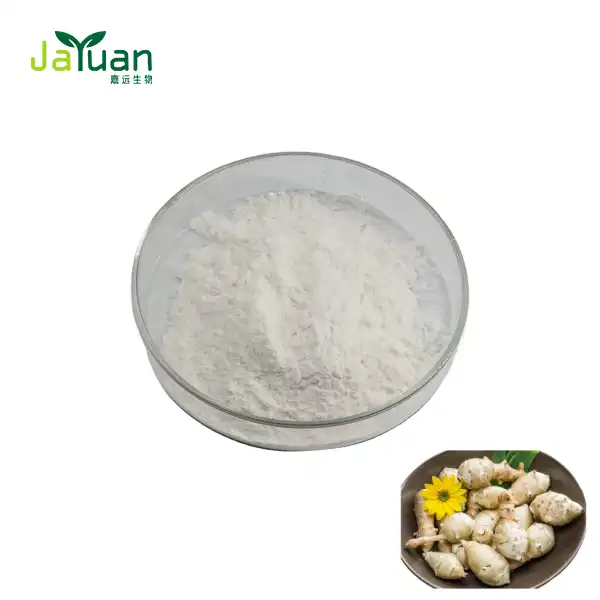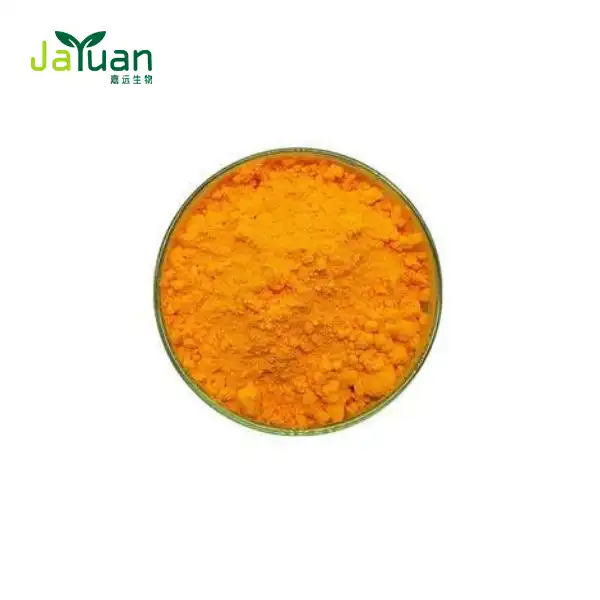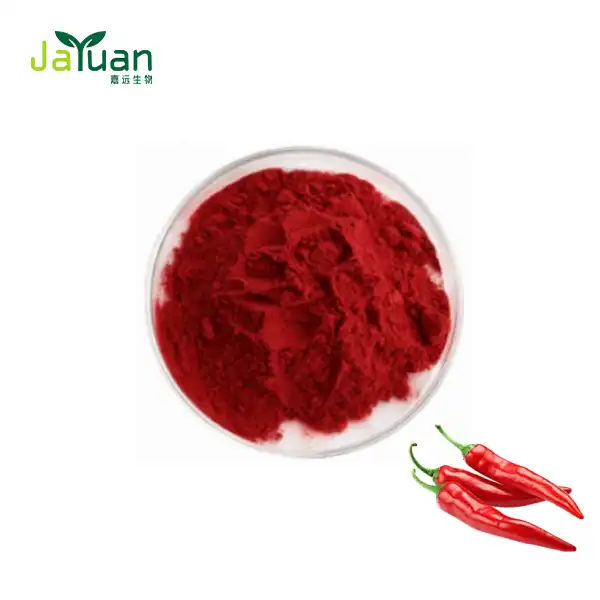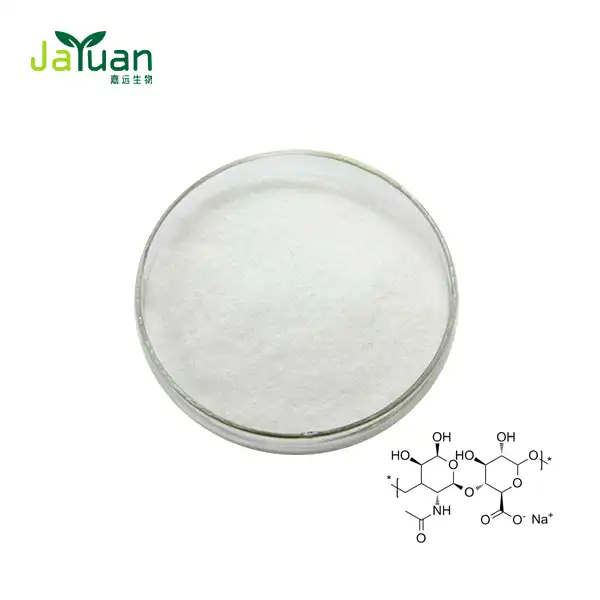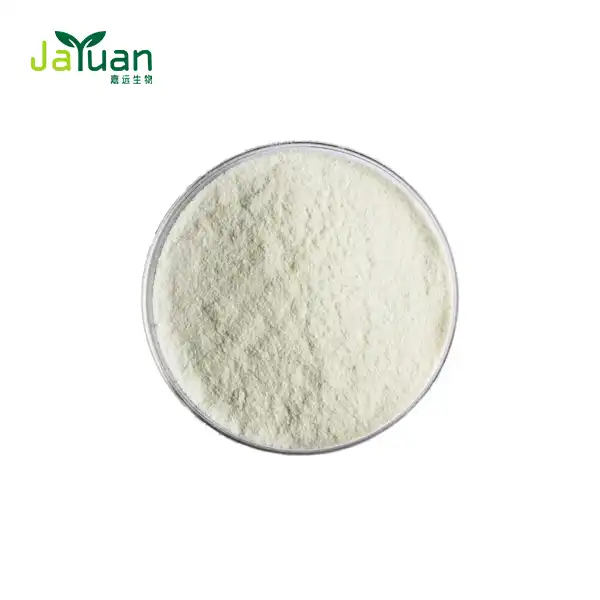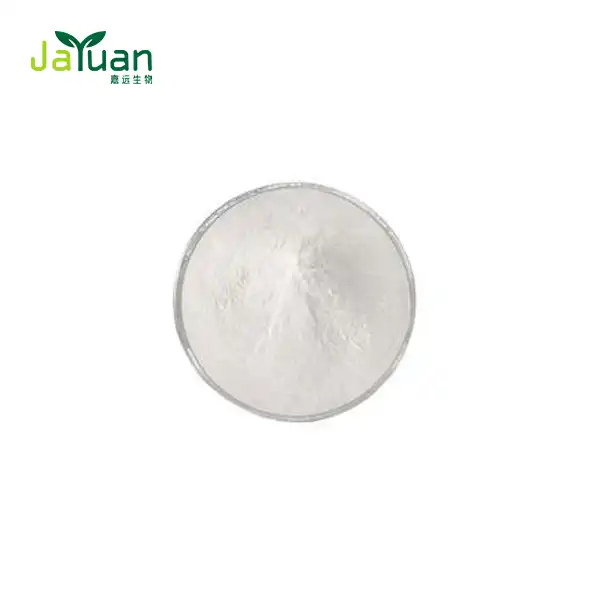What does matrine do?
Matrine, a natural alkaloid that comes from plants in the Sophora genus, has been getting a lot of attention recently because of the potential benefits it could have as a treatment. Traditional medicine has relied on this potent substance, which is frequently found in the form of Matrine Powder, for centuries. Today, researchers are looking into its various uses in contemporary healthcare. Let's explore the fascinating world of matrine and learn about its potential uses and advantages.

The Origins and Extraction of Matrine
The alkaloid matrine comes from the plant Sophora flavescens, which is frequently used in traditional Chinese medicine. Because of its therapeutic properties, this herb is most commonly found in China and other parts of East Asia. As a result of its calming, antimicrobial, and hostile to disease properties, Sophora flavescens, an individual from the Fabaceae family, has been utilized in home grown solutions for hundreds of years. During matrine's extraction, a number of steps are necessary to ensure its purity and effectiveness. The plant's root, the primary source of matrine, is initially harvested and dried. After drying, the root is ground into a fine powder. This powdered substance is extracted with solvents like ethanol or methanol through processes like maceration or reflux extraction. In maceration, the plant powder is allowed to soak in the solvent for a long time so that the matrine can dissolve in the liquid. Matrine dissolves better when the solvent is heated during reflux extraction.
A concentrated extract is produced when the solvent is evaporated following extraction. To additionally sanitize the matrine, the concentrate might be exposed to chromatographic strategies like segment chromatography or superior execution fluid chromatography (HPLC). Based on differences in their chemical properties, these methods distinguish matrine from other extract components. The sanitized matrine is then commonly solidified or freeze-dried to get it in a steady, strong structure. The matrine that is produced is high-purity and suitable for further research or therapeutic use because of this meticulous procedure. Matrine's biological activity must be maintained using sophisticated extraction and purification techniques in order to maximize its therapeutic potential. As examination propels, further developed extraction strategies and a more profound comprehension of matrine's substance properties keep on improving its accessibility and application in clinical and drug fields.
The Biological Activities of Matrine
Pure Matrine Powder, an alkaloid removed from the customary Chinese spice Sophora flavescens, displays an expansive range of organic exercises that highlight its restorative likely across different clinical fields. By altering important signaling pathways and inflammatory mediators, it achieves its primary biological activity of anti-inflammatory. Matrine reduces the production of pro-inflammatory cytokines like tumor necrosis factor-alpha (TNF-) and interleukin-6 (IL-6) by inhibiting the activation of the nuclear factor kappa B (NF-kB) pathway, an important regulator of inflammation. In the treatment of chronic inflammatory conditions like rheumatoid arthritis and inflammatory bowel disease, this action is helpful.
Furthermore, matrine exhibits huge anticancer properties. It causes various cancer cell lines, including lung, breast, and liver cancer cell lines, to undergo apoptosis, or programmed cell death. Matrine accomplishes this by balancing apoptotic pathways and impacting cell cycle controllers, prompting diminished cancer development and improved malignant growth cell passing. As a result, it merits further investigation into its efficacy as an adjunctive treatment for cancer and is a promising candidate for cancer therapy. Pure Matrine Powder has notable antiviral properties in addition to its anti-inflammatory and cancer-fighting properties. It has been displayed to repress the replication of a few infections, including hepatitis B and C infections, by obstructing their life cycles. Matrine's antiviral activity suggests it as a potential treatment for viral hepatitis and other infections caused by viruses.
In addition to these effects, matrine's hepatoprotective properties make it useful for treating liver diseases like hepatitis and liver fibrosis. It lessens liver damage and encourages the regeneration of liver cells. Additionally, matrine's neuroprotective properties aid in the treatment of neurodegenerative diseases such as Parkinson's and Alzheimer's. Matrine helps with the counteraction of degeneration and harm to neuronal cells by lessening oxidative pressure and neuroinflammation. These numerous biological activities highlight Matrine's therapeutic versatility and potential for use in treating a variety of diseases, including inflammatory and cancerous conditions, viral infections, and neurodegenerative disorders. Despite the fact that the current profile of matrine indicates a wide range of therapeutic potential with significant impact, additional research is required to fully elucidate its mechanisms of action and optimize its clinical application.

Potential Applications and Future Research
The multifaceted nature of matrine's biological activities has led to extensive research into its potential applications. Some areas where Matrine Powder is being studied include:
- Cancer treatment: The anticancer properties of matrine have sparked interest in its potential as an adjunct therapy in cancer treatment. Research is ongoing to understand its mechanisms of action and potential synergies with existing cancer therapies.
- Inflammatory disorders: Given its anti-inflammatory properties, matrine is being investigated for its potential in treating various inflammatory conditions, including arthritis and inflammatory bowel diseases.
- Liver diseases: The hepatoprotective effects of matrine make it a promising candidate for treating liver disorders, including viral hepatitis and fatty liver disease.
- Cardiovascular health: Researchers are exploring matrine's potential in managing cardiovascular conditions, including hypertension and atherosclerosis.
- Antiviral therapies: The antiviral properties of matrine are being studied for potential applications in treating viral infections, including influenza and herpes viruses.
While these potential applications are exciting, it's important to note that much of the research is still in preclinical or early clinical stages. Further studies are needed to fully understand the efficacy and safety of Matrine Powder in these applications.
As research continues, we may see matrine playing an increasingly important role in various therapeutic strategies. However, it's crucial to approach its use with caution and under proper medical supervision, as with any bioactive compound.
In conclusion, matrine is a fascinating compound with a wide range of potential applications. From its traditional uses to cutting-edge medical research, Matrine Powder continues to intrigue scientists and healthcare professionals alike. As we uncover more about its properties and mechanisms of action, we may see this natural compound contributing to innovative treatments for various health conditions.
Contact us at sales@jayuanbio.com if you're interested in learning more about Matrine Powder or other plant extracts. Our group of specialists is consistently prepared to give you more data and examine how our top notch plant concentrates can address your issues.
References
- Liu, Y., Xu, Y., Ji, W., Li, X., Sun, B., Gao, Q., & Su, C. (2014). Anti-tumor activities of matrine and oxymatrine: literature review. Tumor Biology, 35(6), 5111-5119.
- Zhang, B., Liu, Z. Y., Li, Y. Y., Luo, Y., Liu, M. L., Dong, H. Y., ... & Zou, Z. M. (2011). Antiinflammatory effects of matrine in LPS-induced acute lung injury in mice. European journal of pharmaceutical sciences, 44(5), 573-579.
- Long, Y., Lin, X. T., Zeng, K. L., & Zhang, L. (2004). Efficacy of intramuscular matrine in the treatment of chronic hepatitis B. Hepatobiliary & Pancreatic Diseases International, 3(1), 69-72.
- Zhou, Y. J., Guo, Y. J., Yang, X. L., & Ou, Z. L. (2018). Anti-cervical cancer role of matrine, oxymatrine and sophora flavescens alkaloid gels and its mechanism. Journal of Cancer, 9(8), 1357.
- Zhang, Y., Zhang, H., Yu, P., Liu, Q., Liu, K., Duan, H., ... & Zhang, G. (2009). Effects of matrine against the growth of human lung cancer and hepatoma cells as well as lung cancer cell migration. Cytotechnology, 59(3), 191-200.

